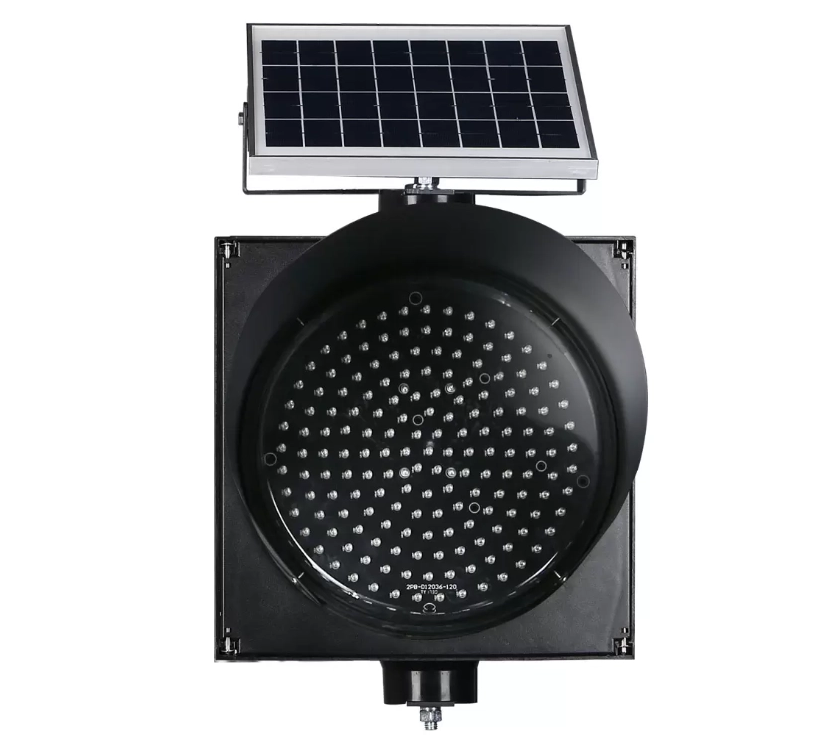Revolutionizing Transportation: Unveiling the World's Fastest and Most Expensive Modes of Travel
In today's fast-paced world, where time is of the essence, the need for efficient and rapid transportation has become paramount. This blog post explores the cutting-edge technologies and innovations that have given rise to the fastest and most expensive modes of transport available today. From supersonic jets to hyperloop systems, we delve into the realm of high-speed travel, uncovering the possibilities and implications of these groundbreaking advancements.
- Supersonic Jets: Pushing the Boundaries of Speed and Luxury
Supersonic jets, such as the iconic Concorde, have long been synonymous with speed and luxury. These marvels of engineering can reach speeds exceeding Mach 2 (twice the speed of sound), enabling passengers to traverse vast distances in record time. However, due to their exorbitant operating costs and environmental concerns, supersonic jets have been limited to a niche market. Nevertheless, recent advancements in supersonic technology, such as the Boom Overture, offer hope for a revival of supersonic travel in a more sustainable and accessible manner. - Hyperloop: Redefining Rapid Transit
The Hyperloop, a concept envisioned by Elon Musk, promises to revolutionize transportation by propelling passengers through low-pressure tubes at near-supersonic speeds. This futuristic mode of travel combines the speed of an aircraft with the convenience of a train, potentially reducing travel times between cities drastically. With companies like Virgin Hyperloop and SpaceX actively pursuing the development of this technology, the dream of commuting at speeds exceeding 700 mph may soon become a reality. - Maglev Trains: Levitating Towards Efficiency
Magnetic levitation (maglev) trains represent another leap forward in transportation technology. By utilizing powerful magnetic fields to suspend and propel trains above their tracks, maglev systems eliminate friction, allowing for incredibly high speeds. The Shanghai Maglev Train, for instance, can reach speeds of up to 268 mph, making it the fastest commercial train in the world. Although the initial construction costs of maglev infrastructure are substantial, their energy efficiency and reduced maintenance requirements make them an attractive option for the future of mass transit. - Space Tourism: The Ultimate Frontier
As technology advances, the concept of space tourism is no longer confined to science fiction. Companies like SpaceX and Blue Origin are actively working towards making space travel accessible to civilians. While the cost of a ticket to space remains astronomical, the potential for experiencing weightlessness and witnessing the Earth from a celestial vantage point is unparalleled. As the industry evolves, we can anticipate a future where space tourism becomes a reality for those seeking the ultimate adventure.
Conclusion:
The quest for faster and more expensive modes of transport continues to push the boundaries of human ingenuity. From supersonic jets and hyperloop systems to maglev trains and space tourism, these innovations redefine our perception of speed, luxury, and efficiency. While the cost and accessibility of these technologies remain significant challenges, their potential to transform the way we travel is undeniable. As we look to the future, it is essential to balance the need for speed and convenience with sustainability and inclusivity, ensuring that these advancements benefit society as a whole.
